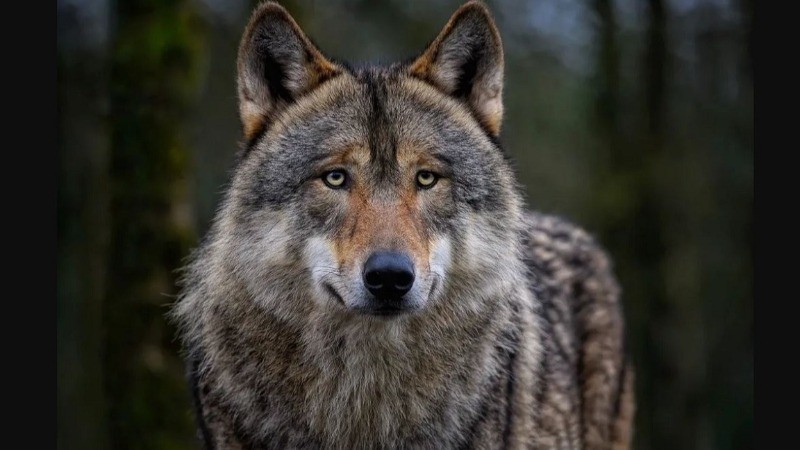 Wolves have made a remarkable comeback in Europe over recent decades, but their resurgence has sparked tension, particularly among farmers. The European Commission is set to decide this week whether to weaken legal protections for the European grey wolf, which could lead to the legalisation of culling or hunting the animals.
Wolves have made a remarkable comeback in Europe over recent decades, but their resurgence has sparked tension, particularly among farmers. The European Commission is set to decide this week whether to weaken legal protections for the European grey wolf, which could lead to the legalisation of culling or hunting the animals.
The proposal, backed by many farmers and EU officials, including President Ursula von der Leyen, has drawn criticism from environmental groups. They argue that the move lacks scientific backing, pointing out that the proposal is based on a report without peer review or independent verification. Hundreds of scientists are supporting statements that advocate for stronger wolf conservation and emphasize the benefits of wolves in ecosystem restoration.
The return of wolves in Europe, once nearly extinct due to hunting and conflicts with livestock farming, has divided opinion. Since the 1970s, conservation efforts have helped wolf populations grow, and today, around 19,000 wolves live across the EU, marking a significant recovery. Wolves now inhabit every mainland EU member state, with the species no longer listed as at risk.
Conservationists argue that wolves play a crucial role in maintaining biodiversity and combating climate change. Enrique Perez of the European Alliance for Wolf Conservation (EAWC) highlights that apex predators like wolves help restore balance to ecosystems. He urges that the presence of wolves should be seen as beneficial, not as a conflict.
However, many farmers see the return of wolves as a challenge. With wolves preying on livestock, farmers in areas where wolves are reappearing are concerned about the financial impact. In France alone, over 11,000 sheep and goats were killed by wolves in 2020. While farmers are compensated for their losses, many feel that the compensation does not address the underlying issue.
Wolf conservationists propose solutions such as electric fences, livestock guardian dogs, and human presence to mitigate the problem. Yet, some farmers argue that these measures are insufficient and may even harm biodiversity by blocking other wildlife.
The debate over the future of wolf protection in Europe will be influenced by whether the species is downgraded from “strictly protected” to “protected” under the Bern Convention. This would allow the EU to ease restrictions on killing wolves, except in specific circumstances, such as public health risks or when their populations are considered stable in an area.
The wolf issue has also highlighted ongoing illegal hunting across Europe. In Sweden, authorities allowed hunters to kill 75 wolves, while in Bavaria, Germany, hunters are now permitted to cull multiple wolves if they attack livestock. These decisions reflect a larger debate between rural and urban perspectives on wolf management.
Tensions have escalated in Spain, where two severed wolf heads were discovered recently, signaling growing hostility towards wolves. Farmers in regions with large wolf populations, such as Castilla y León and Galicia, oppose the stricter protections that ban hunting except in exceptional circumstances.
In Italy, the poisoning of nine wolves last year further exemplifies the violence wolves face, with some individuals resorting to illegal methods to eliminate the animals. These incidents highlight the deep-rooted conflict between conservation efforts and the livelihoods of farmers in wolf-prone areas.
As the EU weighs its decision, the question remains: Can wolves and humans coexist peacefully in Europe, or will the debate continue to fuel division across the continent?




